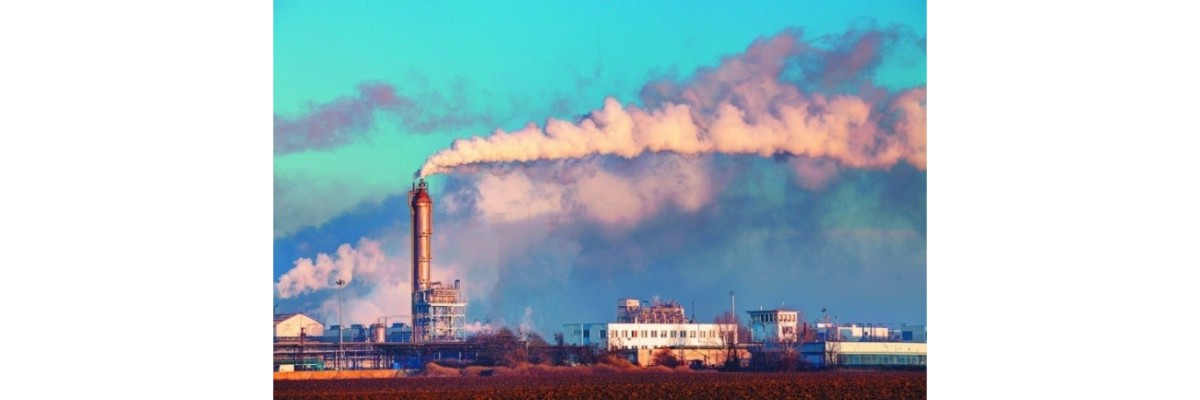Air pollution, a persistent challenge in modern society, comprises mainly two types of pollutants: particulate matter and gaseous pollutants. Particulate pollutants, especially fine suspended particles such as PM2.5, PM10, and PM1.0, can penetrate the human respiratory system and even enter the bloodstream, posing direct health risks. Originating from industrial emissions, vehicle exhaust, and natural phenomena like dust storms, their ubiquity and minuscule size make mitigation efforts particularly challenging.
On the other hand, gaseous pollutants, including volatile organic compounds (VOCs) and formaldehyde (HCHO/CH2O), pose no less risk to human health and environmental safety, though less visible than particulate matter. Emitted from household cleaning products, industrial processes, and even interior decoration materials, long-term exposure to these gases can lead to respiratory diseases, eye irritation, and even cancer. Compared to particulate matter, the sources of gaseous pollutants are more varied, making control and management more complex.
Importantly, there is a significant interaction between particulate and gaseous pollutants. VOCs, for example, are key precursors in the formation of PM2.5, reacting under certain conditions to produce new particulate matter. Additionally, some particulate matter can adsorb various gaseous pollutants, making them more easily inhaled by humans. This interplay signifies that effective air pollution control cannot simply focus on one type of pollutant but must employ a comprehensive management strategy to combat both particulate and gaseous pollutants, ensuring public health and environmental safety.
CurieJet® P760 Particle & Gas Sensor, with size only 29x 29x 7.2 mm, is the world’s smallest all-in-one air sensor with only 1/16 volume compared with others. P760 uses laser light with Mie scattering theory to measure PM2.5, PM10 and even PM1.0. P760 also can detect VOC gas, show the ventilation status, sense barometric pressure for weather glass or altitude difference. It also detects ethanol and may be developed as alcohol breath tester, or drunk driving prevention alarm system. https://www.curiejet.com/en/product/particle-voc-index-barometric-pressure-sensor/environmental-sensor-modules

